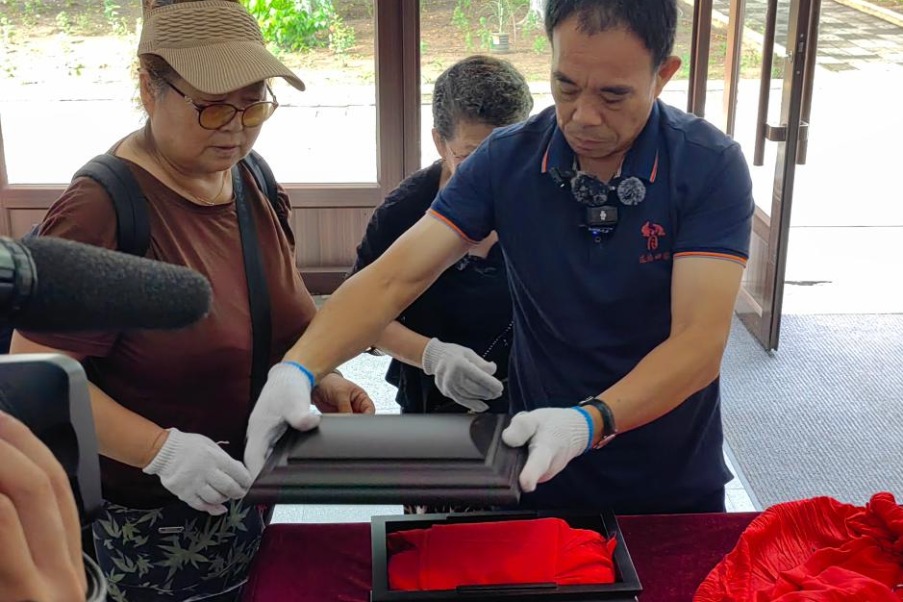Scientists develop small-molecular probe for pulmonary fibrosis early diagnosis

BEIJING - Chinese scientists have discovered that a small-molecule probe can detect lung disease pulmonary fibrosis (PF) in mice, said a recent research paper published in the journal Analytical Chemistry.
Pulmonary fibrosis is a fatal disease with increasing prevalence. The scientists from the Shanghai Institute of Materia Medica under the Chinese Academy of Sciences worked with Zhejiang University to develop the small-molecule probe PNO1 which can sense the micro-environmental features of the PF, typically, the nitric oxide level in PF-diseased lungs.
The scientists found that the PF-diseased mice injected with the PNO1 probe showed lung fluorescence intensity six times higher than the normal mice. PNO1 fluorescence in mice lungs also changed in response to a PF therapy which has been approved in China, said the paper.
This detection method is expected to be efficiently used in anti-PF medicine evaluation in the future.
- Yellow River maintains good water quality for 3 consecutive years
- Chinese team designs tiny robot sensor for tasks inside bodies
- Chinese researchers develop movable electrode for more advanced brain-computer interfaces
- China launches construction of high-precision telescope project on 'roof of the world'
- South China city reports over 1,700 Chikungunya cases
- Xinjiang starts building new expressway linking north and south




































